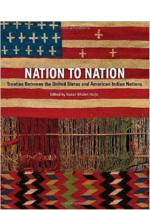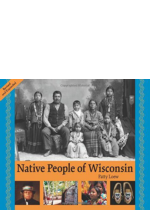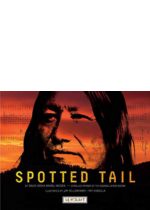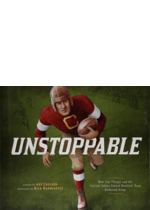In a small village in India, a boy grows up to make a huge difference in his community by planting trees to celebrate the birth of every girl. Based on a true story, this book celebrates environmental sustainability, community activism and ecofeminism. This is the story of Sundar Paliwal, who is from a small Indian village ruled by ancient customs.
Nonfiction
Nonfiction genre
City Of Water
Living in cities where water flows effortlessly from our taps and fountains, it’s easy to take it for granted. City of Water, the second book in the ThinkCities series, shines a light on the water system that is vital for our health and well-being. The narrative traces the journey of water from the forests, mountains, lakes, rivers and wetlands that form the watershed, through pipes and treatment facilities, into our taps, fire hydrants and toilets, then out through storm and sewer systems toward wastewater treatment plants and back into the watershed.
I Have The Right To Save My Planet.
All children have the right to learn about the world, to celebrate the water, air and sunshine, and to be curious about the animals and plants that live on our planet. All children also have the right to learn about endangered species, to be concerned about plastic in the ocean, and to understand what a changing climate means for our Earth. What can children do to help? Told from the perspective of a child, this colorful and vibrant book explores what it means to be a child who dreams of a beautiful future for their planet.
Nation To Nation: Treaties Between the United States & American Indian Nations

Nation to Nation explores the promises, diplomacy, and betrayals involved in treaties and treaty making between the United States government and Native Nations. One side sought to own the riches of North America and the other struggled to hold on to traditional homelands and ways of life. The book reveals how the ideas of honor, fair dealings, good faith, rule of law, and peaceful relations between nations have been tested and challenged in historical and modern times. The book consistently demonstrates how and why centuries-old treaties remain living, relevant documents for both Natives and non-Natives in the 21st century.
Native People Of Wisconsin

“Native People of Wisconsin” tells the stories of the twelve Native Nations in Wisconsin, including the Native people’s incredible resilience despite rapid change and the impact of European arrivals on Native culture. Young readers will become familiar with the unique cultural traditions, tribal history, and life today for each nation.
The Water Walker

This is the story of a determined Ojibwe Nokomis (Grandmother) Josephine-ba Mandamin and her great love for Nibi (water). Nokomis walked to raise awareness of our need to protect Nibi for future generations, and for all life on the planet. She, along with other women, men, and youth, have walked around all the Great Lakes from the four salt waters, or oceans, to Lake Superior. The walks are full of challenges, and by her example Josephine-ba invites us all to take up our responsibility to protect our water, the giver of life, and to protect our planet for all generations.
Spotted Tail

This biography of Spotted Tail traces the life of the famous Lakota leader who expertly guided his people through a pivotal and tumultuous time in their nation’s history as they fought and then negotiated with the U.S. government. Spotted Tail is remembered for his unique leadership style and deep love for his people. Today, a university is named in his honor.
Unstoppable: How Jim Thorpe And The Carlisle Indian School Football Team Defeated Army

In the autumn of 1912, the football team from Carlisle Indian Industrial School took the field at the U.S. Military Academy, home to the bigger, stronger, and better-equipped West Points Cadets. Sportswriters billed the game as a sort of rematch, pitting against each other the descendants of U.S. soldiers and American Indians who fought on the battlefield only 20 years earlier. But for lightning-fast Jim Thorpe and the other Carlisle players, that day’s game was about skill, strategy, and determination. Known for unusual formations and innovative plays, the Carlisle squad was out to prove just one thing — that it was the best football team in all the land.
Butterfly For A King
The fascinating true story of a beautiful native Hawaiian butterfly, a great Hawaiian warrior king, and current-day efforts by scientists and citizens to restore the butterfly’s declining population.
The beautiful Kamehameha butterfly lives in Hawaii and nowhere else on Earth. Named to honor the great king who united the Hawaiian Islands, the butterfly is one of only two species native to Hawaii.
Mexique: A Refugee Story From The Spanish Civil War
Follows a group of 456 children whose families sent them to Mexico aboard the Mexique at the start of the Spanish Civil War for what was expected to be a short stay. Includes historical notes.
Featured in WOW Review Volume XIII, Issue 3.
